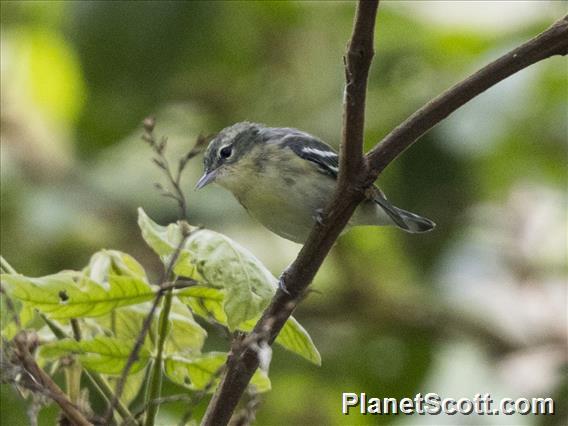Cerulean Warbler (Setophaga cerulea)

Cerulean Warbler (Setophaga cerulea)
×


Cerulean Warbler (Setophaga cerulea)
About Cerulean Warbler (Setophaga cerulea)
- Kingdom: Animals
- Phylum: Chordates
- Class: Birds
- Order: Perching Birds
- Family: New World Warblers
The cerulean warbler is a small songbird in the family Parulidae. It is a long-distance migrant, breeding in eastern North American hardwood forests. In the non-breeding season, it winters on the eastern slope of the Andes in South America, preferring subtropical forests.
Source: Wikipedia
Visits
-
2013-04-19
Bolivar Peninsula, United States of America -
-


